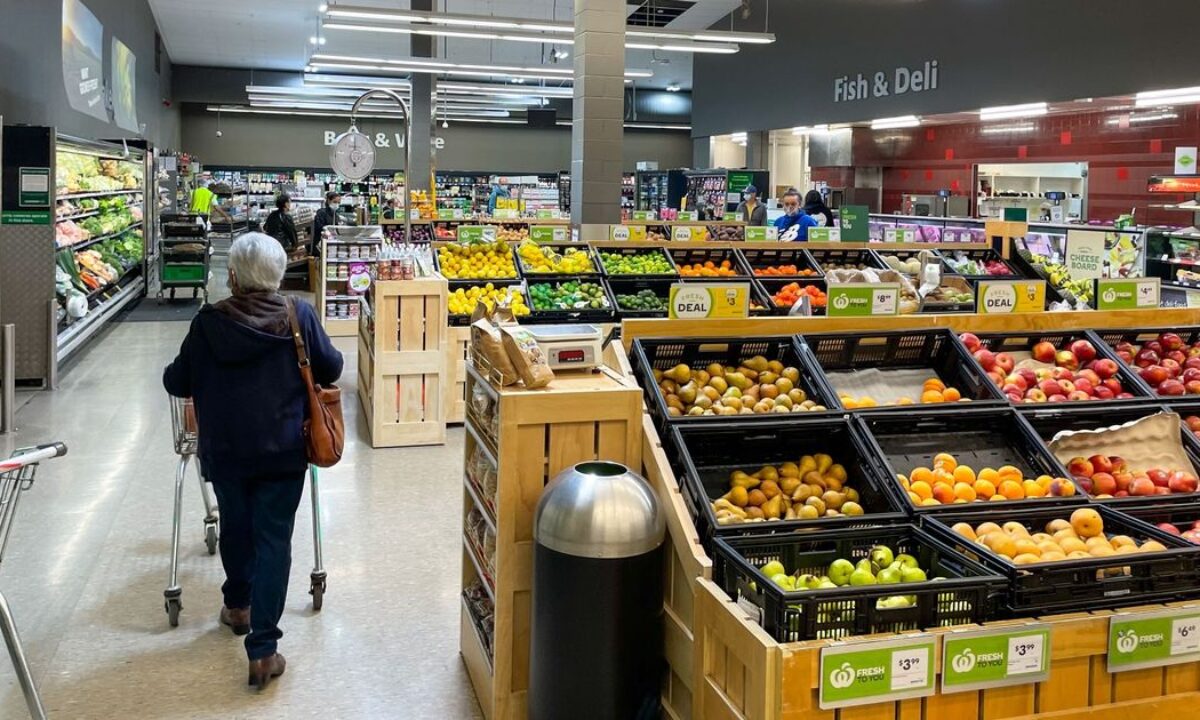



Article by: Hari Yellina
If your supermarket bill seems to be higher than usual, it’s because food prices haven’t been this high since Australia experienced back-to-back La Nia weather systems a decade ago. There’s a potential we’ll have a rare “triple-dip” La Nia now. That would imply that the disastrous weather that has pounded Australia’s east coast farming regions this year would continue, at a time when the epidemic is still sweeping the country and the war in Ukraine has no end in sight. According to experts, these events have resulted in a “unprecedented” convergence of domestic and international pressures, which is affecting supply chains and driving up food costs.
Fresh fruit and vegetable prices have already risen as a because of widespread flooding in Queensland and New South Wales, and the threat of a third La Nia might cause even more volatility in the market. Experts disagree on whether or whether the La Nia weather pattern will persist and for how long. “The forecasts out of the US [are]… around 50/50, which I think is about where everyone is sitting,” said Chelsea Jarvis, a climate scientist at the University of Southern Queensland. Dr. Jarvis predicted that the current La Nia will last into the winter. “Typically, if a La Nia is there in July and August, it will persist through spring and into summer,” she said.
According to the latest March ABS inflation data, food inflation increased by 4.3 percent over the previous year, with the highest increases in the price of fresh vegetables and meat, which increased by 6.7 percent and 6.2 percent, respectively. However, given that food inflation has previously been greater, why is everyone suddenly concerned about food prices? Food has become relatively cheaper in developed countries during the past 30 to 40 years, according to John Rolfe, a professor of Regional Economic Development at Central Queensland University. He claimed that as agriculture became more productive and Australians became wealthier, the cost of food had become less of a concern. Until recently.
Professor Rolfe stated, “Most of the biggest inflation is occurring in products that individuals can’t avoid.” “It’s the essential products that are biting, and because food is one among them, people are paying attention.” The current general inflation rate of 5.1 percent may appear low when compared to the 1970s’ high of over 17 percent, but the difference now is that everything is becoming more costly at the same time. “In comparison to the 1970s, housing and rentals are quite expensive now… As a result, household finances have less flexibility “According to Professor Rolfe.
This question has no definitive answer. Much of the price pressure, according to MST Marquee senior retail analyst Craig Woolford, is due to the epidemic. With so many unknown elements still in play, such as war and the pandemic, food price volatility is set to continue. “There will be a lot of price inflation throughout the rest of the year. Given the events in Russia and Ukraine, the second wave is still to come “Mr. Woolford explained. There is, however, some good news. For long-suffering dairy farmers, who have been driven to their limits by drought and dollar-per-litre milk prices, there may be a silver lining. Mr Harvey said, “Dairy farmers are enjoying a record high milk price, and an even greater price is on the cards for the new season.” “You have a very strong global dairy commodity market, which is fantastic news for farmers.”